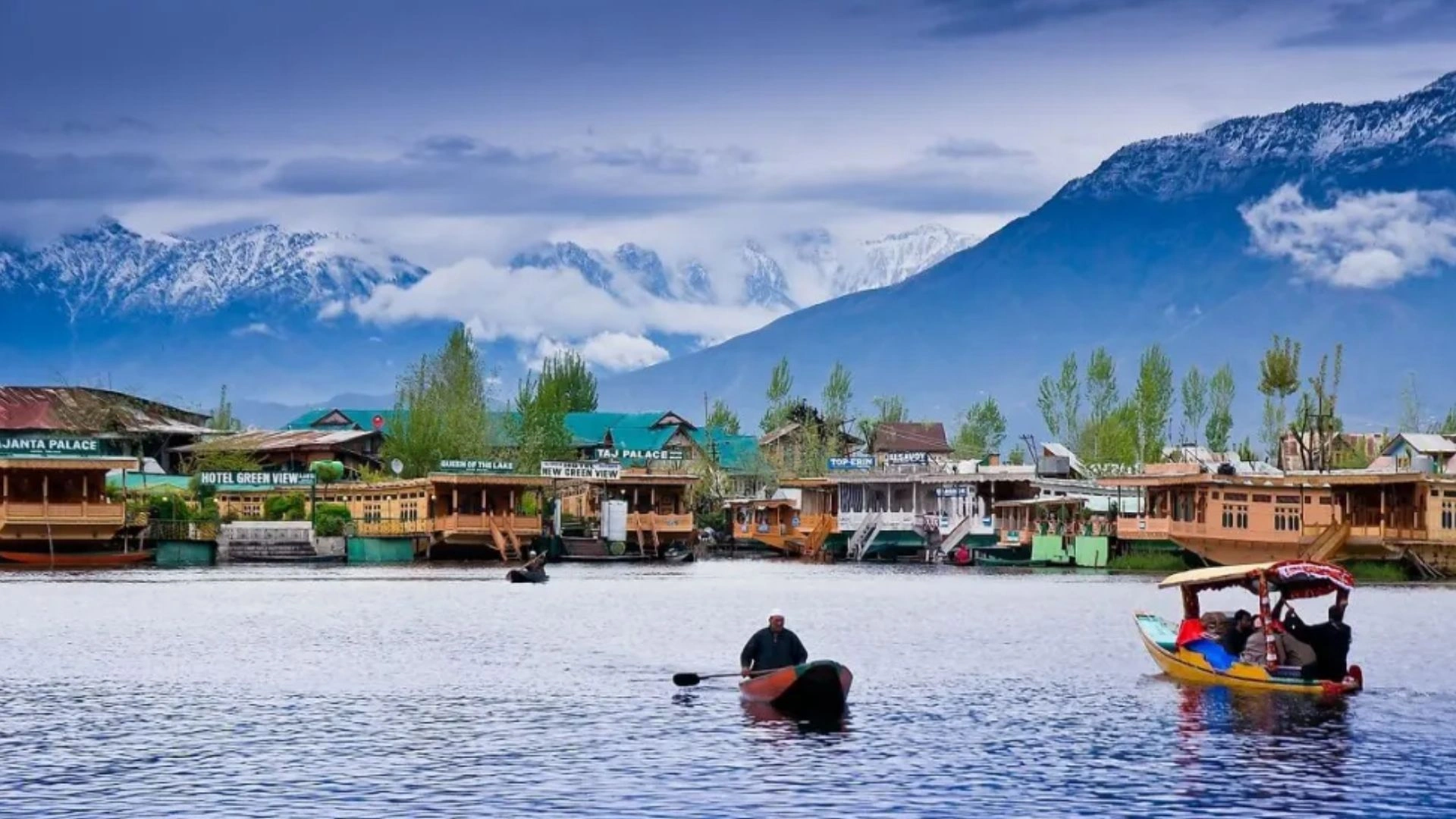In the early hours near the town of Nabi Chit in Lebanon’s eastern Beqaa region, a dozen men sifted through debris, remnants of a recent Israeli airstrike. The raid, the second in just three days, shattered the valley’s calm, lighting up the night sky in hues of red, yellow, and orange and filling the air with the acrid scent of dust and gunpowder.
“They hit Nabi Chit because our village is the mother of the resistance,” said Mohammed al-Moussawi, a staunch supporter of Hezbollah, the Shia militant group, political party, and social movement often referred to as the resistance. Standing on the terrace of his damaged home, surrounded by rubble and a twisted metal awning, Moussawi pointed to blown-out windows and shrapnel-scarred walls—a testament to the devastating impact of the airstrikes.
Tragically, a neighbor lost his life in the attack, and Moussawi’s four-year-old grandson, Hussain, was among the 20 injured, rushed to the hospital with facial cuts from shattered glass. “He is four years old and already understands that Israel is the enemy who violates Arab land. What do you think he will be when he grows up?” Moussawi said, reflecting on the long-lasting impact of the conflict.
The Israel Defense Forces (IDF) declined to comment on the casualties but stated that the strikes targeted a weapons depot and air defense system on the night of August 21, causing secondary explosions. Contrarily, Hezbollah, local authorities, and witnesses insist the strikes directly hit civilian homes, further intensifying the conflict’s toll on everyday lives.
















